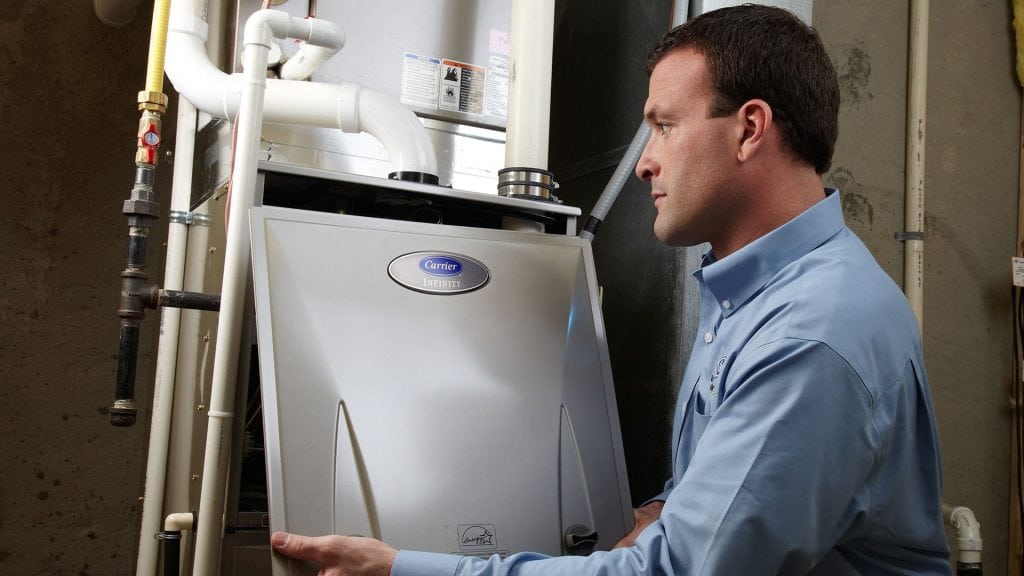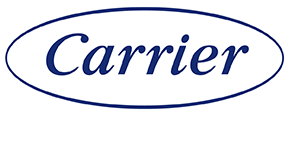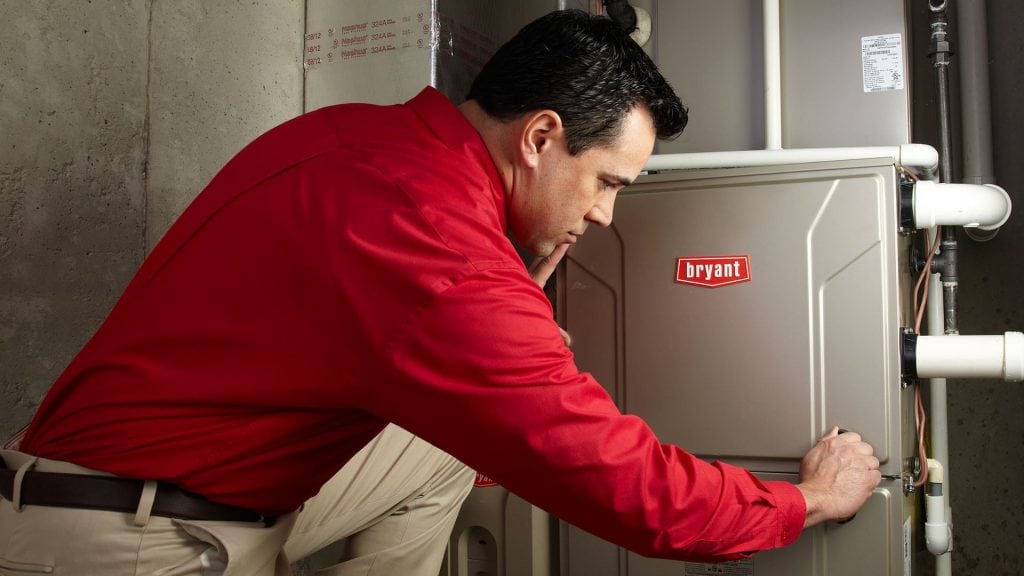Is Your Furnace Ready for the Heat?

Is Your Furnace Ready for the Heat?
Have a Pro Check your Heating System Before Winter Weather Arrives
Want a surefire way to ensure your furnace is ready to bring the heat this winter? Have a trained, licensed HVAC contractor inspect your home’s heating system. This checkup acts as extra assurance your family won’t be in the cold. Plus, it’s a safety matter. HVAC contractors also examine all your system’s moving parts to spot any potential carbon monoxide leaks. These are tough to find yourself because the gas is colorless and odorless. While your contractor’s furnace inspection checklist may vary slightly, there are key components most HVAC contractors examine. This is to keep your home’s indoor temperatures comfortable — and your air safe — when outdoor temperatures drop:Heat Exchanger
The core of the heating system, your furnace heat exchanger transfers hot gases from the combustion process to the air blowing to and from your home’s air registers. It’s important to have a NATE-certified contractor check it — visually and with specialized electronic tools — for cracks and deterioration at least annually. It acts as the barrier between household air and the combustion gases which exhaust to the outdoors, including carbon monoxide.Burners
Your furnace's burners are where the gas combustion process takes place. It produces heat which flows into the heat exchanger. During the tune-up, your contractor inspects it, cleans it, checks the quality of the burner flames and makes any adjustments necessary to achieve the proper burn.Flame Sensor
Many contractors make it a routine part of their tune-ups to clean flame sensors, which will shut down the gas supply to your heating system if it doesn’t detect a flame. You’ll definitely notice if it’s not working because it stops your furnace from doing its job of heating your home!Safety Controls
Just about every heating system has a set of internal operating controls, including safety devices designed to protect you and shut down operation in case of malfunction. A highly qualified HVAC contractor, like the ones you can find on AC Southeast®, should test all controls annually to ensure your furnace is operating safely and efficiently.Gas Line from Furnace Shut Off Valve to Burners
Approximately 50,000 people in the U.S. visit the emergency room every due to accidental carbon monoxide poisoning, according to the Centers for Disease Control and Prevention (CDC). Having a contractor check for gas line leaks each time he or she services your heating system is so important. The electronic leak detectors they use identify even the tiniest natural gas and propane leaks. They may come from any exposed gas lines in your mechanical room as well as gas connections inside your furnace.Flue Pipe
The flue pipe on a natural gas- or propane-fired heating system expels noxious exhaust gases outdoors through vent piping. Standard efficiency systems typically use an approved metal exhaust pipe, while high-efficiency units have a specific kind of plastic vent piping. Your contractor will use a combustion analyzer to measure the content of the flue gases and inspect all accessible vent piping. He or she wants to ensure your equipment functions safely and at its most efficient level.Other Components of a Furnace Inspection Include:
- Check and adjust fan switch
- Check combustion air openings
- Lubricate motors and bearings
- Inspect and adjust belts and pulleys
- Check and calibrate the thermostat to ensure proper function
- Change the air filter



